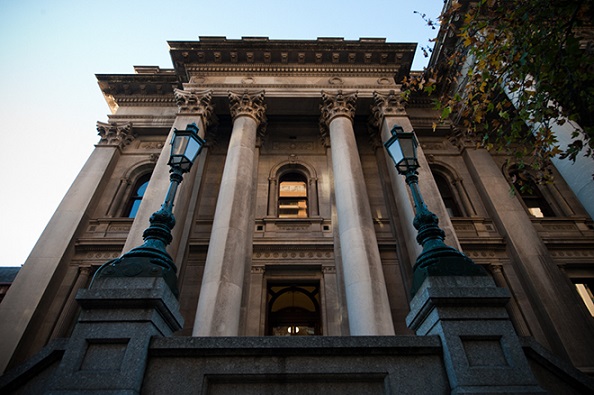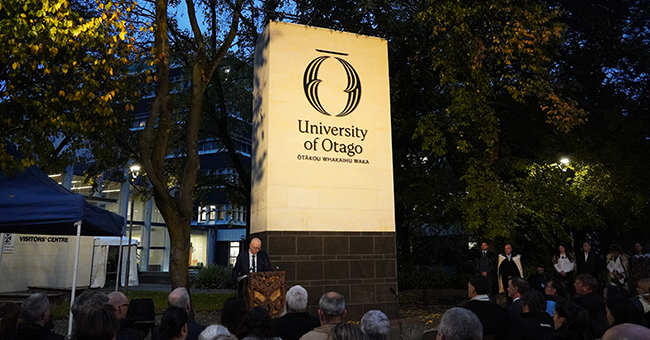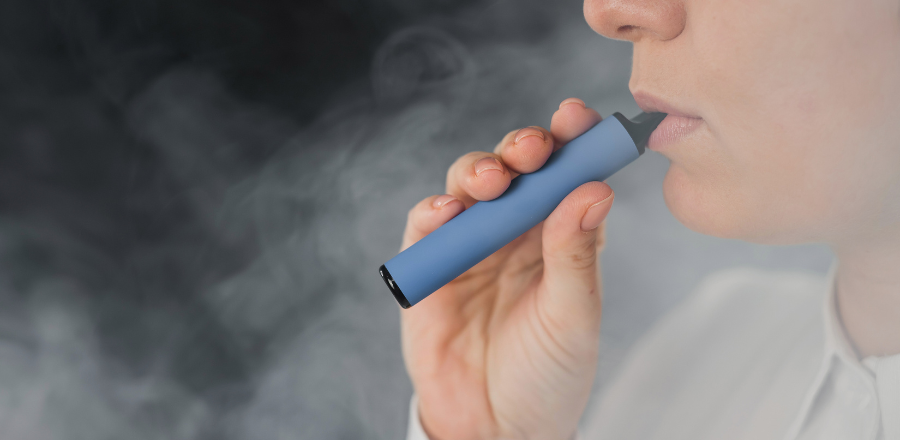The Hon Sussan Ley MP, Minister for the Environment
The Hon Matt Kean, MP, NSW Environment and Energy Minister
Remediation action to secure the future of the Wollemi Pine, feral predator control, feeding support and targeted captive breeding programs are among the NSW bushfire recovery priorities to receive $5 million from the Morrison Government’s $50 million Wildlife and Habitat Recovery package.
The NSW Government has worked closely with the Federal Government’s Wildlife and Threatened Species Bushfire Recovery Expert Panel to identify a number of high priority needs following the devastating impacts of Australia’s bushfires on native animals, plants and ecosystems.
“While some on-ground activities are being modified in accordance with COVID-19 restrictions, there remains a strong focus on bushfire recovery and the challenges facing our animals and plants,” Federal Minister for the Environment, Sussan Ley said.
“We are working closely with the States and Territories and with on-ground volunteers in what will be a long-term commitment.”
Priority actions identified by NSW and supported by the Federal Government’s Wildlife and Threatened Species Bushfire Recovery Expert Panel, which brings together some of Australia’s leading scientists, include:
- Feeding support for Mountain Pygmy Possum in Kosciuszko National Park, which will continue until May-June when the possums begin to hibernate.
- Continuing the captive breeding program for the Smoky Mouse that also lives in alpine areas.
- Captive breeding and ongoing food support for the Brush-tailed Rock-wallaby in Mt Kaputar (near Narrabri) and north-west of the Blue Mountains.
- Remediation action to secure the future of the Wollemi Pine – the wild site was saved from the fires and cultivation of more pines will help maintain genetic diversity
- Seed collection, propagation and repairs to fences to replace and protect many other threatened plant species.
NSW Environment Minister Matt Kean said the funding will support activities to reduce feral animal predation and grazing in the Greater Blue Mountains and the Gondwana Rainforests of Australia World Heritage Areas, at internationally significant wetland sites such as the Macquarie Marshes and Gwydir Wetlands, and the National Heritage listed Kosciuszko National Park.
“This funding couldn’t come at a better time and will support the recovery process that has already started in some areas,” Mr Kean said.
“The funds will also go toward planning for the longer-term restoration and recovery of our native animals, plants and landscapes across NSW. This includes protecting the remaining areas of unburnt habitat.”
The Department of Agriculture, Water and the Environment has published a provisional list of 119 animal species that are the highest priorities for action to support recovery from the 2019-20 bushfires. The list is available at https://www.environment.gov.au/biodiversity/bushfire-recovery/
Up to $12 million is now available through grants for on-ground action to help bushfire affected wildlife and plants. Application information is available at GrantConnect (www.grants.gov.au).








